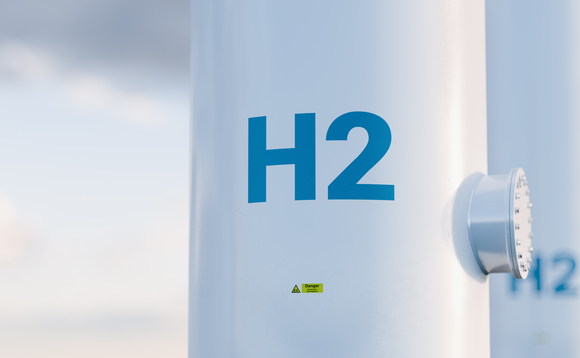CONTRIBUTOR
Prableen Bajpai
PUBLISHED AUG 17, 2021
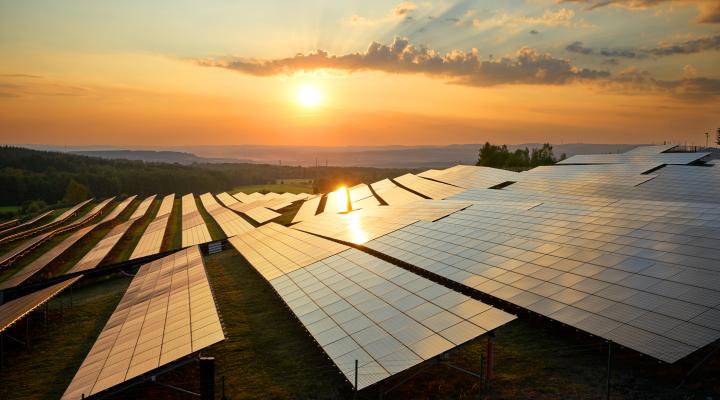
All-new World Reimagined podcast
Listen Now
China to bring solar and wind power generation to 11% of total electricity use in 2021
It is estimated that the amount of sunlight that hits the Earth's surface in one and a half hours is enough to power the entire world's electricity consumption for a year.
For centuries, the world has used energy generated from fossil fuels. However, fossil fuels have imposed enormous environmental and economic costs. Amid rising awareness and efforts to reduce greenhouse gas (GHG) emissions, solar energy has risen as one of the most popular alternatives. Countries are starting to adopt renewable energy as they work towards cutting carbon emissions.
Here’s a look at the top five nations leading in solar energy generation.
1. China
China is a leader in solar industry. China added 48.2 gigawatts (GW) during 2020, bringing its cumulative installed capacity to 253.4 GW. It now dominates 35% of the global market. The country’s annual PV installations grew 60% year-over-year in 2020, representing more than one-third of annual global deployment.
The country is the world’s largest energy market and the highest emitter of GHG. China alone is responsible for more than 27% of total global GHG emissions.
The country has set ambitious goals for its climate action.
In September 2020, the United Nations General Assembly, President Xi Jinping said, “We aim to have CO2 emissions peak before 2030 and achieve carbon neutrality before 2060.”
This was followed by an announcement in December 2020 to enhance its Nationally Determined Contributions (NDC) under the Paris Agreement for 2030. China announced that it will lower its carbon dioxide emissions per unit of GDP by over 65% from the 2005 level and increase the share of non-fossil fuels in primary energy consumption to around 25%.
2. United States
In the U.S., solar has experienced an average annual growth rate of 42% in the last decade. The U.S. stood second with a cumulative installed capacity of 93.2 GW at the end of 2020. Policies like the solar investment tax credit, declining costs, and rising demand across the private and public sector for clean electricity have spurred the solar industry. The installed solar capacity of U.S. increased from just 0.34 GW in 2008 to more than 100 GW (as of June 2021).
Today, more than 3% of U.S. electricity comes from solar energy, a sector which provides employment to around 230,000 Americans. According to Wood Mackenzie’s 10-year forecast, the U.S. solar industry will install a cumulative 324 GW of new capacity to reach a total of 419 GW over the next decade. The U.S. is the second highest GHG emitter, responsible for 11% of the global emissions.
3. Japan
Japan ranks third in terms of GW cumulative capacity. The country installed an estimated 8.2 GW annual installed capacity, taking the total installed capacity to 71.4 GW.
In a policy speech made in October 2020, Prime Minister Suga Yoshihide announced Japan’s resolve to reduce GHG emissions to zero, making Japan a carbon-neutral and decarbonized society by 2050. In April 2021 at the climate summit in the U.S., Prime Minister Suga said that Japan will aim for a 46% cut in GHG emissions from 2013 levels by 2030.
According to Japan’s Minister of Economy, Trade, and Industry (METI) Kajiyama Hiroshi, “Japan has adopted a new growth strategy of taking on the challenges of carbon neutrality to maximize our resources to create a virtuous economic and environmental cycle.”
4. Germany
Germany, the largest economy of Europe, ranks fourth in terms of installed solar capacity. During 2020, Germany added 4.9 GW of installed capacity, taking the total installed capacity to 53.9 GW.
In May 2021, Germany revised the Climate Change Act by setting a target to become climate neutral by 2045, which is five year earlier than its previous target of 2050, and has outlined a path to achieve this with binding targets for the 2020s and 2030s. The interim target for 2030—currently 55%—has been increased to a 65% GHG reduction compared to 1990, while a new interim reduction target of 88% has been set for 2040. The market for solar energy in Germany is expected to grow at a CAGR of more than 6.12% in the forecast period of 2020 to 2025.
The European Union (EU), as a part of the European Green Deal, has raised the target for 2030 GHG emissions to at least 55% compared to 1990.
5. India
Globally, India stands fifth in solar power installed capacity. In 2020, India added 4.4 GW capacity, bringing the total installed capacity to 47.4 GW. Under the NDC under the Paris Agreement for 2021 to 2030, India aims to reduce the emissions intensity of its GDP by 33% to 35% by 2030 from 2005 level and achieve about 40% cumulative electric power installed capacity from non-fossil fuel-based energy resources by 2030.
Back in 2015, India set a target of installing 175 GW of renewable energy capacity by the year 2022, which included 100 GW from solar power. The target has now been raised to 227 GW by 2022, which includes 114 GW from solar energy. India ranks third in terms of highest global GHG emitters at 6.6%, slightly above the EU at 6.4%.
Italy, Australia, Vietnam, South Korea and the United Kingdom are also part of the list of top ten nations in terms of cumulative installed solar capacity.
Disclaimer
The report has been based on data and inputs from International Energy Agency (IEA), U.S. EIA, IRENA, Solar Energy Industries Association (SEIA). The report has been carefully prepared, and any exclusions or errors in it are totally unintentional. The author has no position in the index or stocks mentioned. Investors should consider the above information not as a de facto recommendation, but as an idea for further consideration.
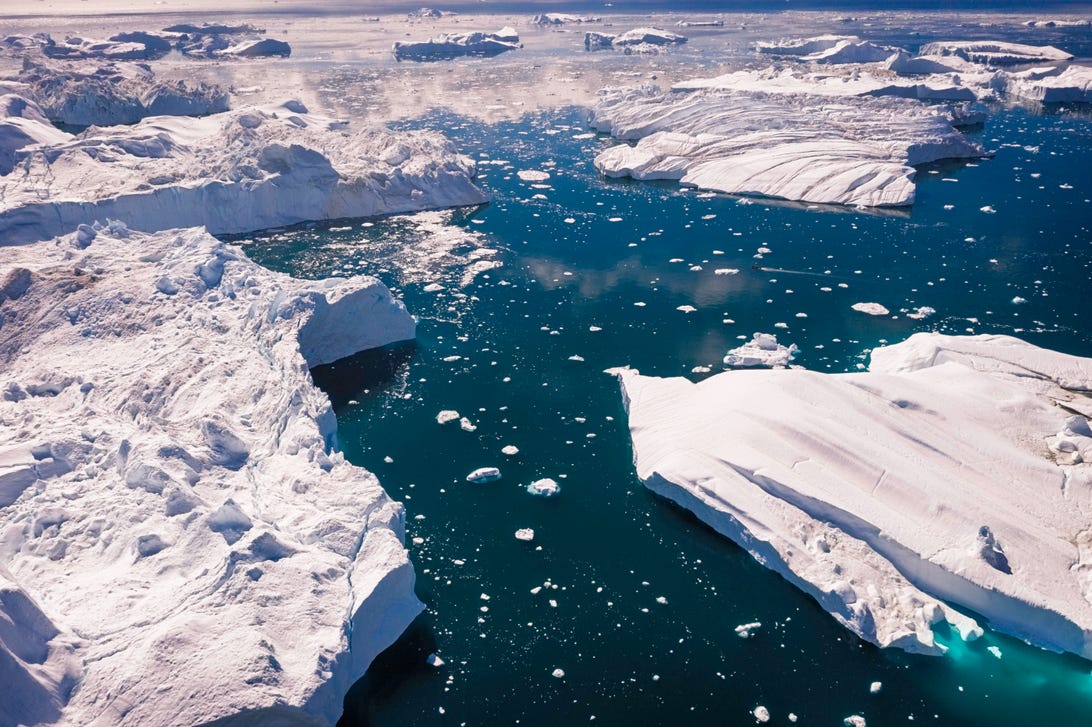
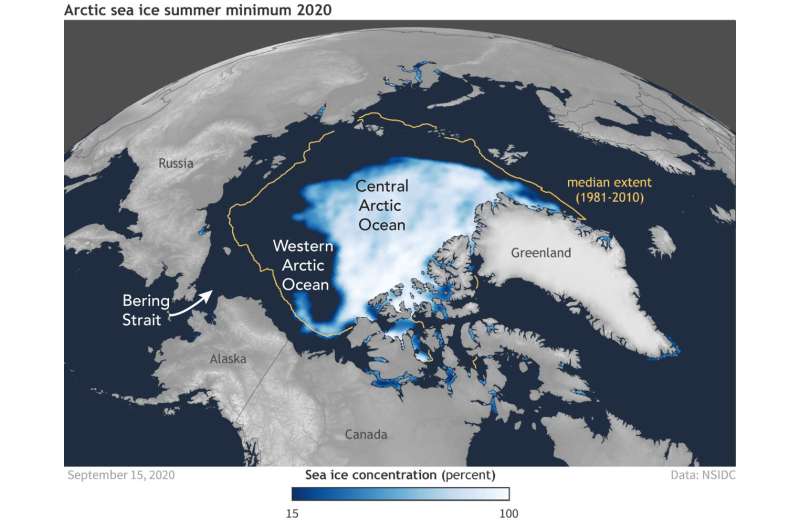

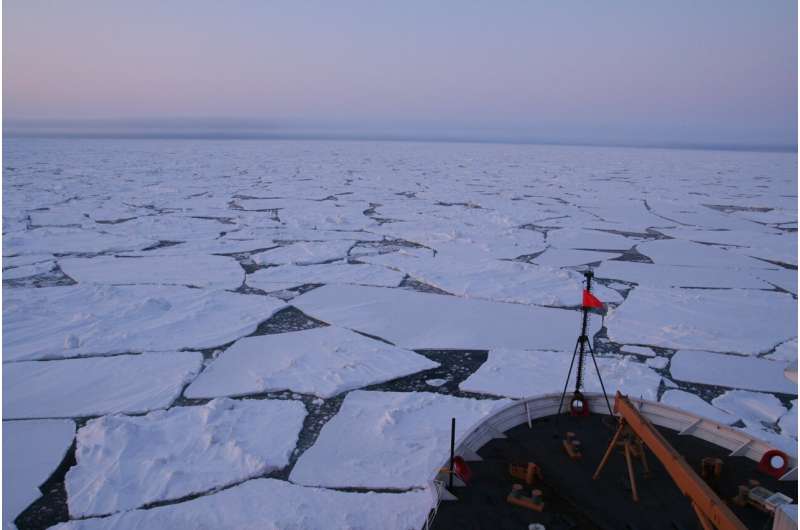


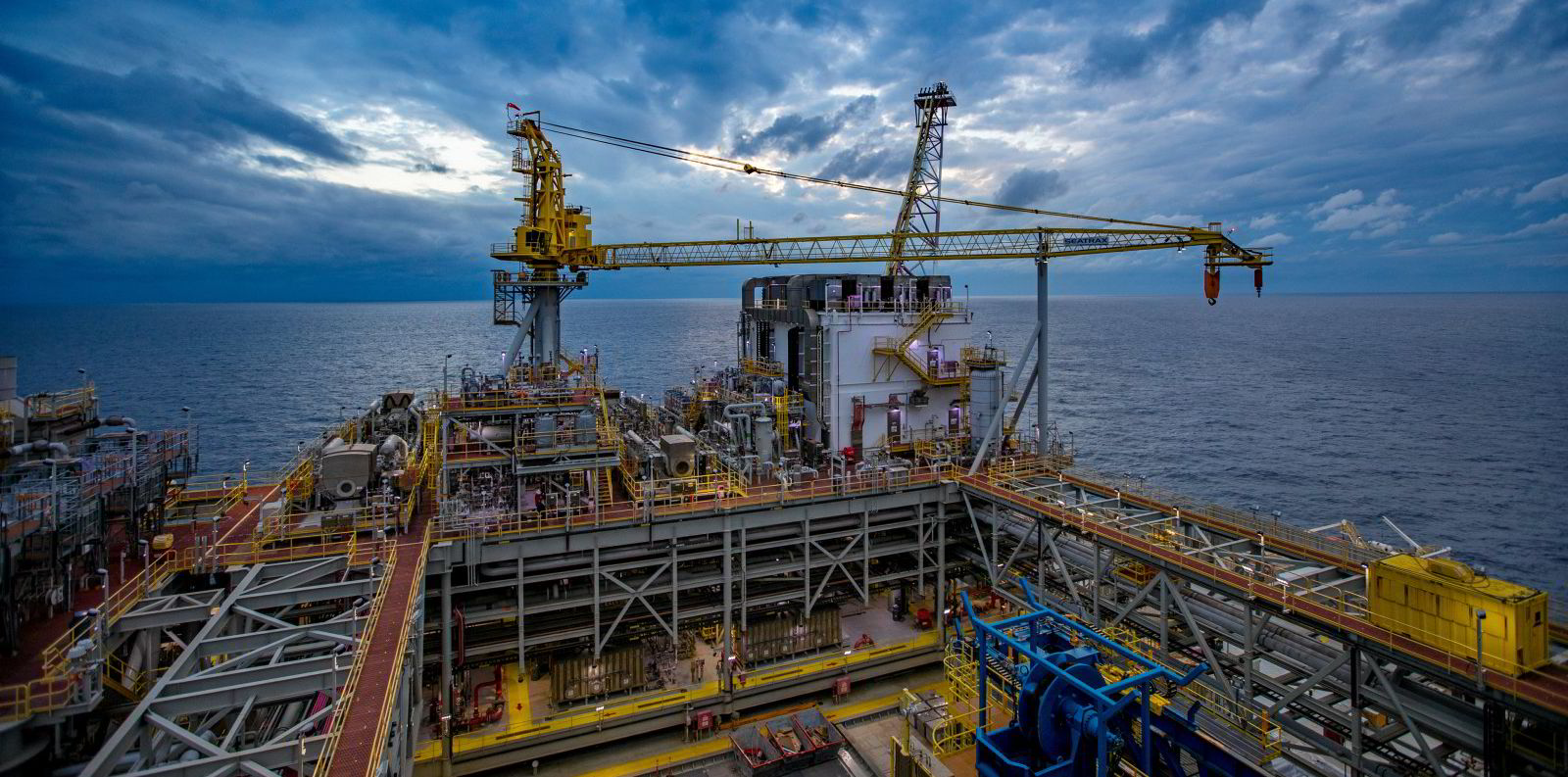

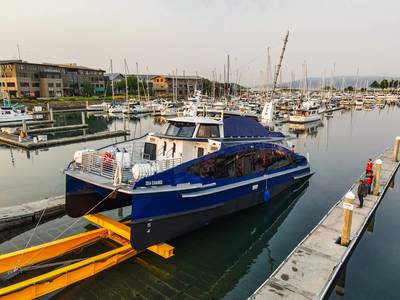
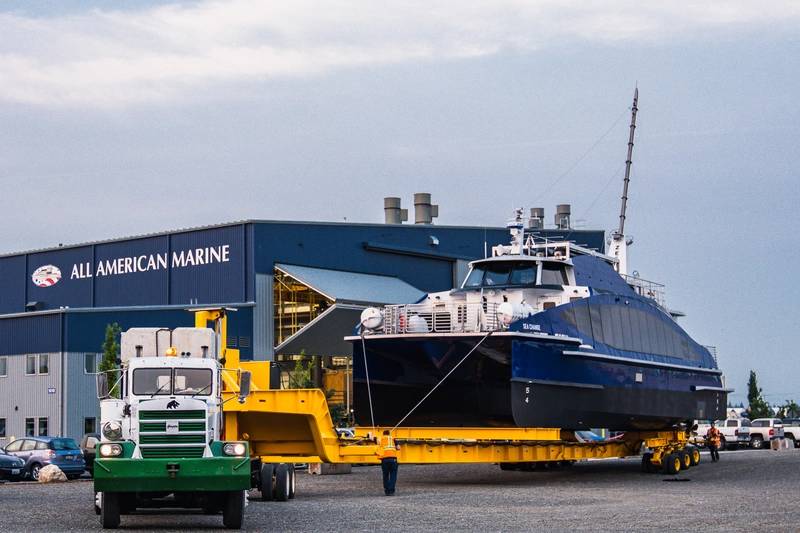

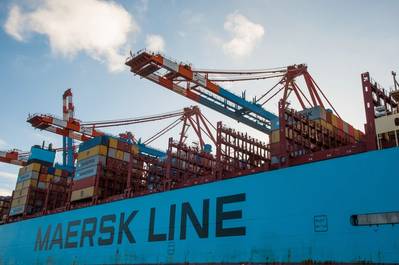
 18 August 2021 •
18 August 2021 • 